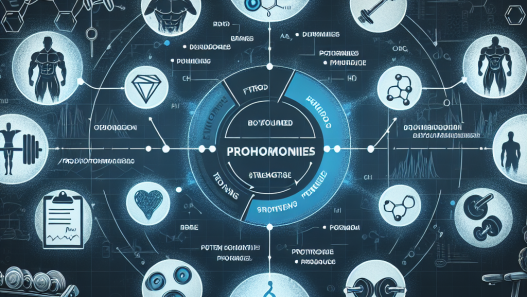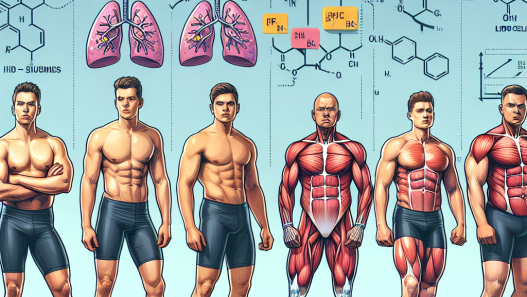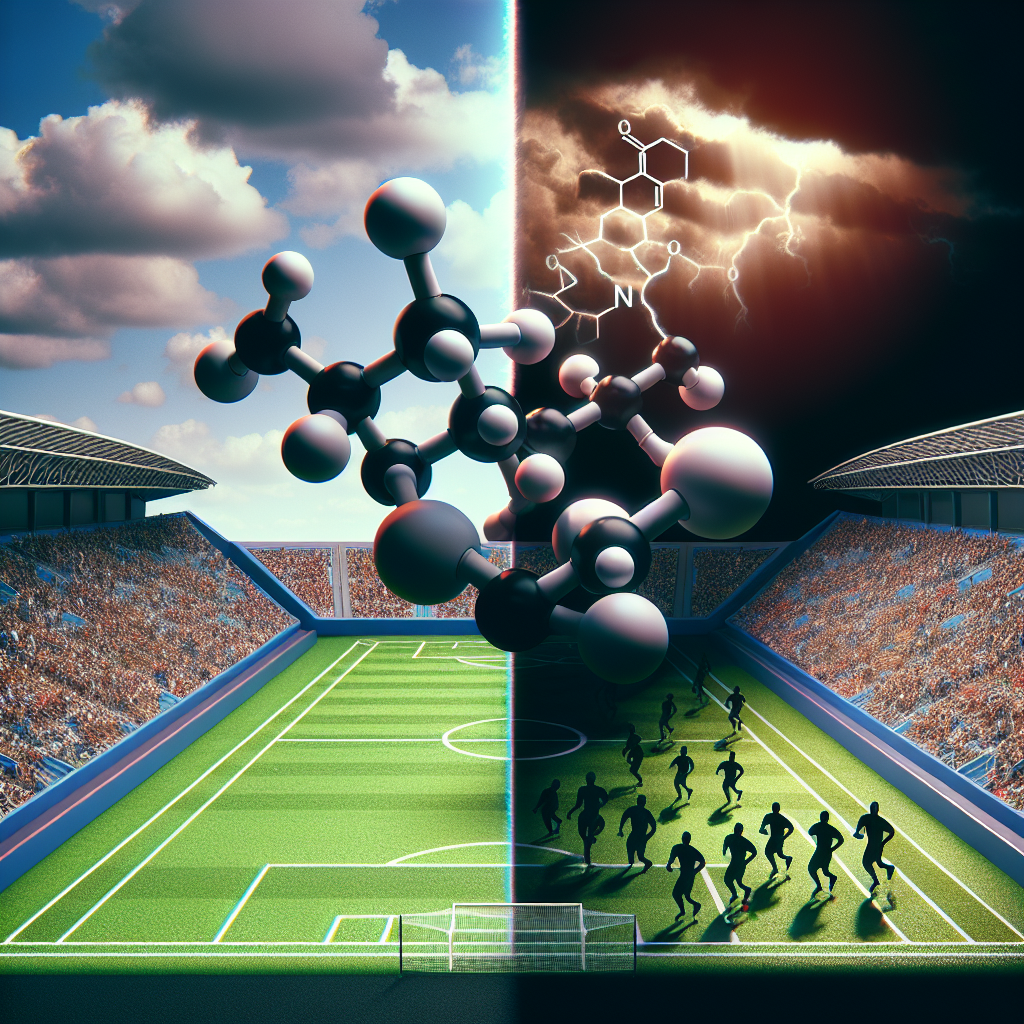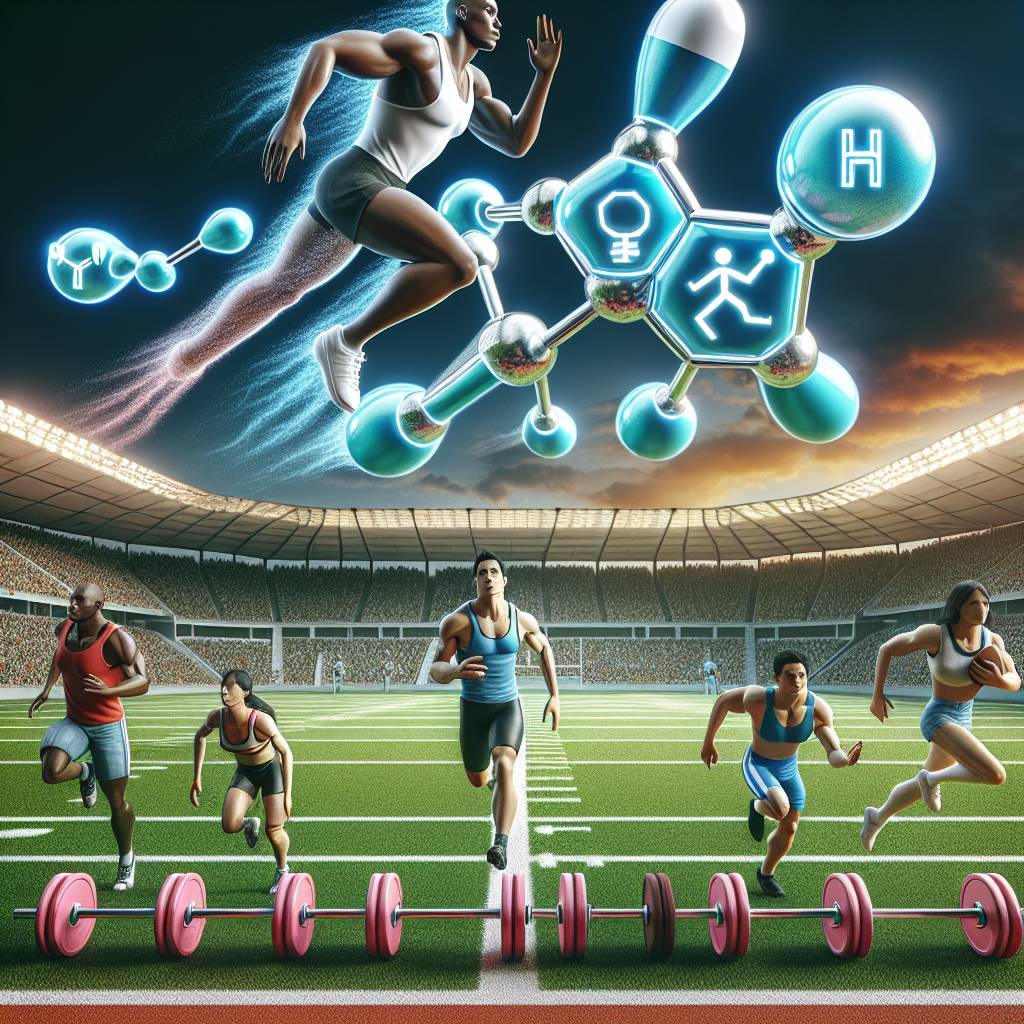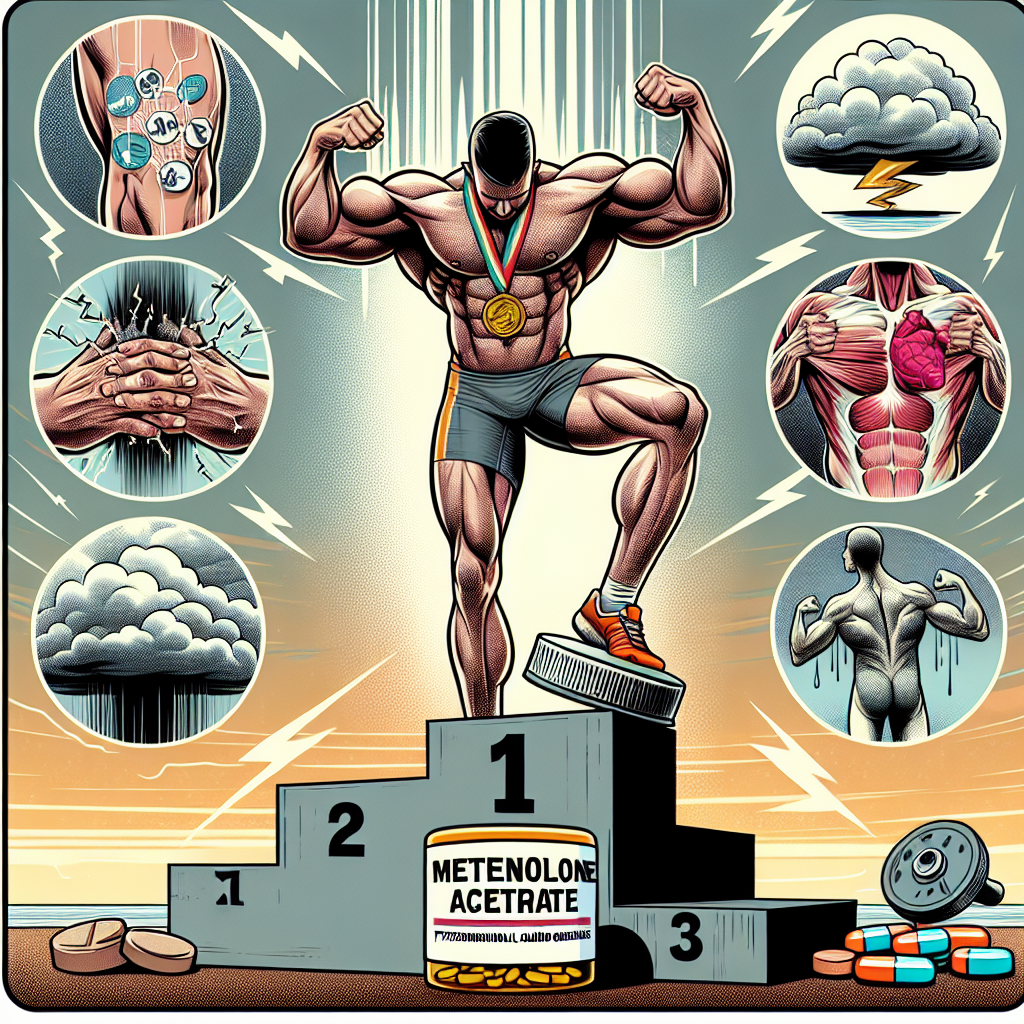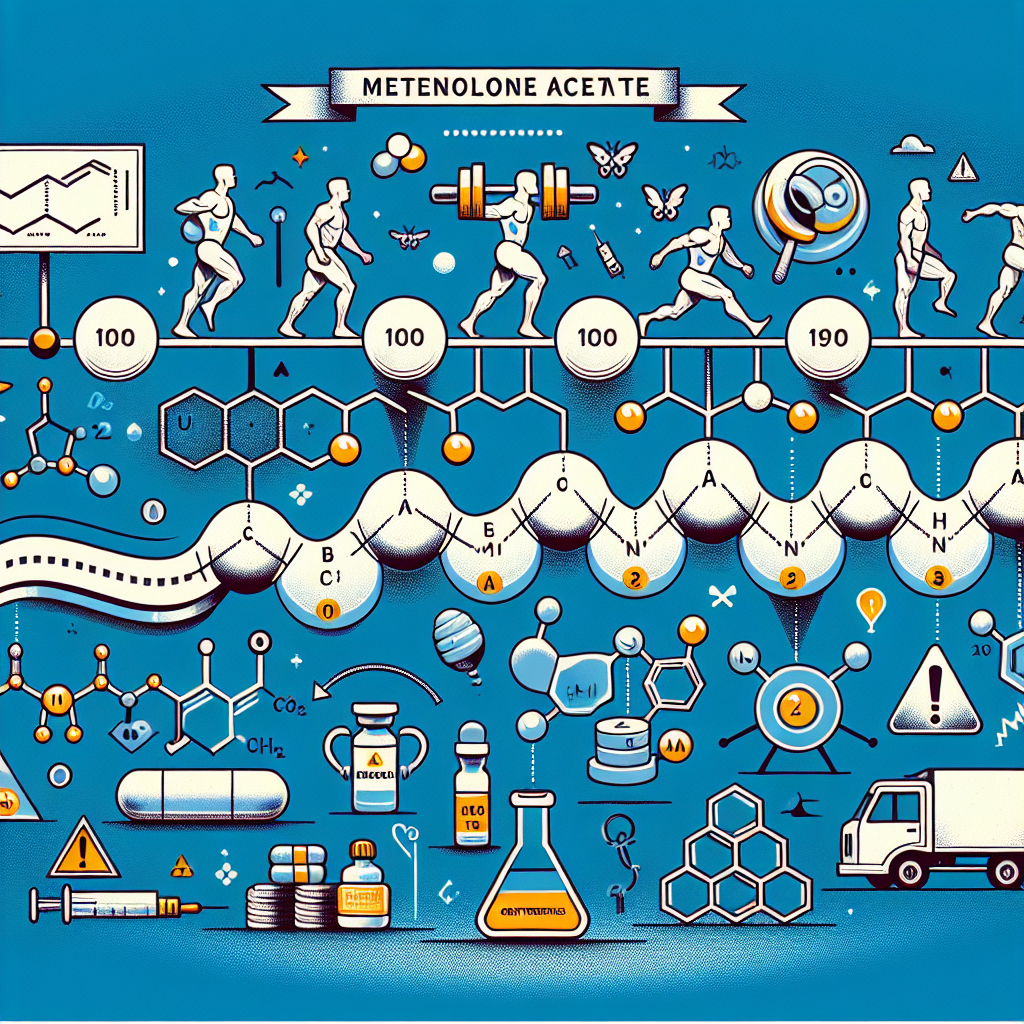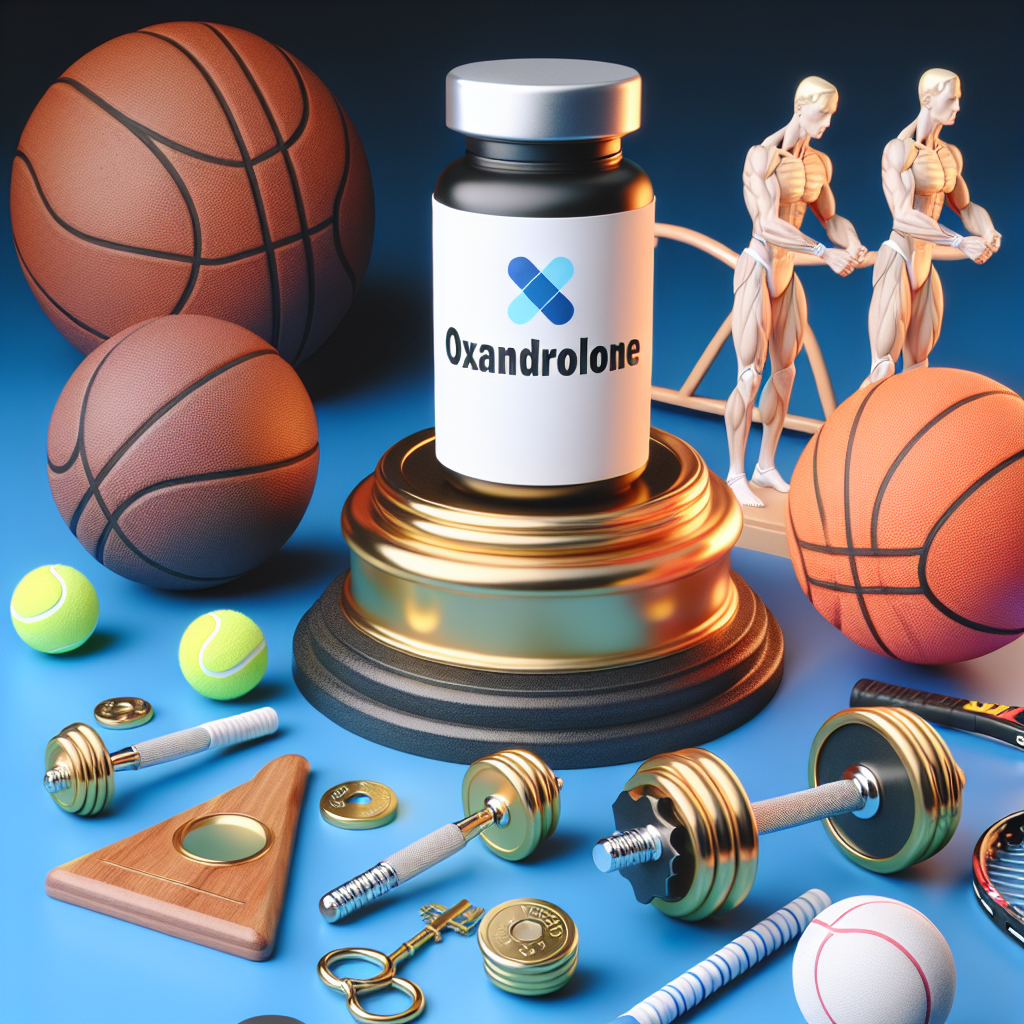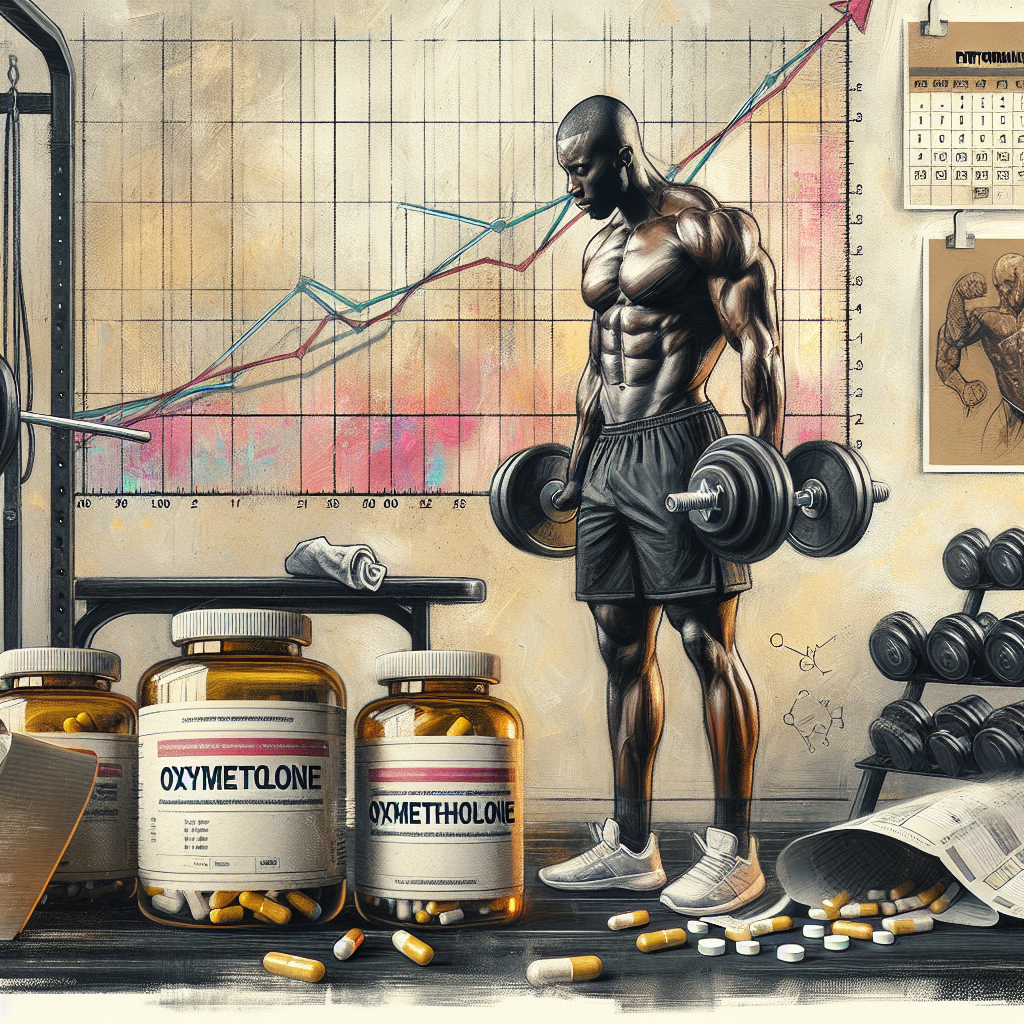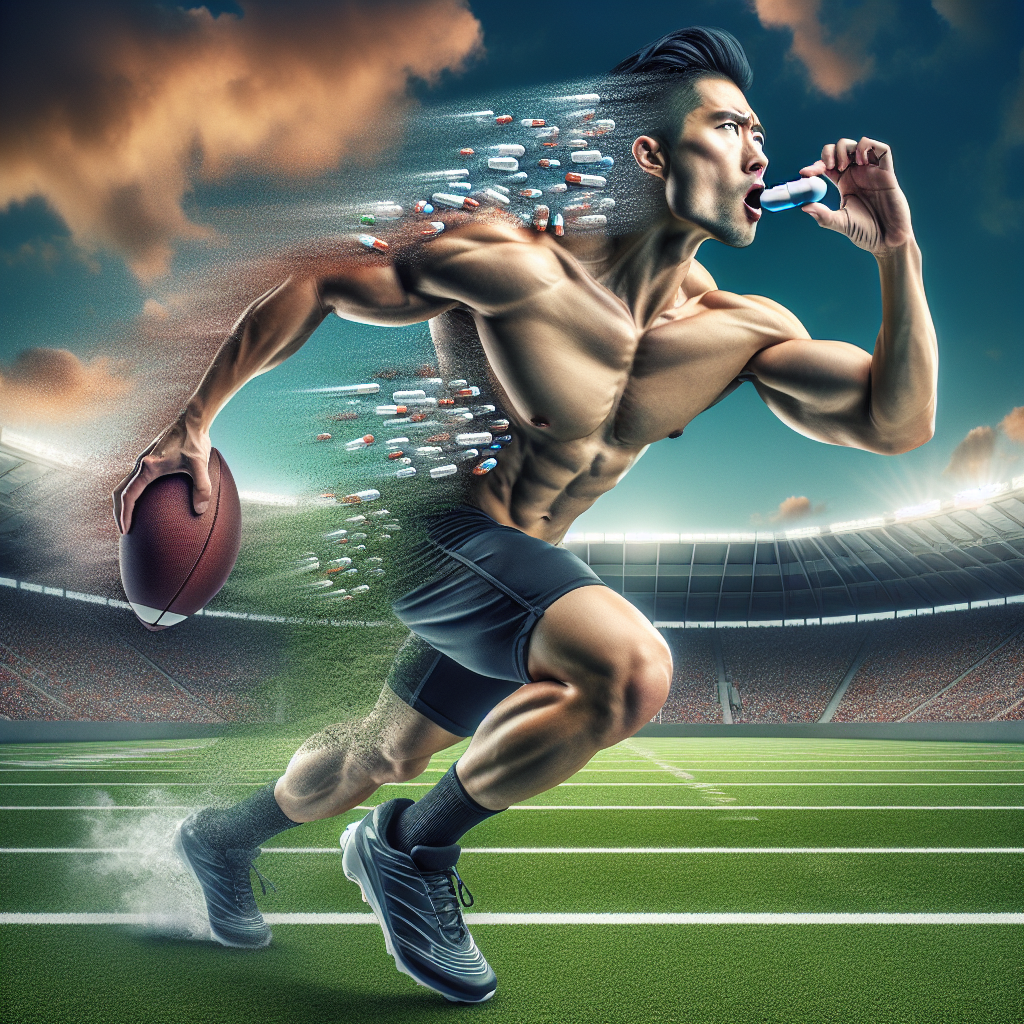-
Table of Contents
- Unveiling Primobolan: The Hidden Doping in Sports
- The Rise of Primobolan in Sports
- The Pharmacokinetics and Pharmacodynamics of Primobolan
- The Use of Primobolan in Sports
- The Risks and Side Effects of Primobolan Use
- The Future of Primobolan in Sports
- Expert Opinion on Primobolan Use in Sports
- References
Unveiling Primobolan: The Hidden Doping in Sports
Doping in sports has been a controversial topic for decades, with athletes constantly seeking ways to enhance their performance and gain a competitive edge. While many substances have been banned and heavily regulated, there is one that has flown under the radar for years – Primobolan.
The Rise of Primobolan in Sports
Primobolan, also known as methenolone, is an anabolic androgenic steroid (AAS) that was first developed in the 1960s. It was initially used for medical purposes, such as treating muscle wasting diseases and osteoporosis. However, it soon caught the attention of athletes due to its ability to increase muscle mass, strength, and endurance.
Primobolan is available in both oral and injectable forms, making it easy to use and conceal. It is also relatively mild compared to other AAS, making it a popular choice among athletes looking to avoid the harsh side effects associated with steroids. However, this does not mean it is safe or undetectable.
The Pharmacokinetics and Pharmacodynamics of Primobolan
Primobolan has a half-life of approximately 5-7 days, meaning it can stay in the body for a significant amount of time. This makes it difficult to detect through standard drug tests, which typically only look for recent use. However, specialized tests can detect the metabolites of Primobolan in the body for up to several months after use.
Primobolan works by binding to androgen receptors in the body, stimulating protein synthesis and increasing nitrogen retention. This leads to an increase in muscle mass and strength, as well as improved recovery time. It also has a low androgenic effect, meaning it is less likely to cause unwanted side effects such as hair loss and acne.
The Use of Primobolan in Sports
Primobolan has been used by athletes in a variety of sports, including bodybuilding, track and field, and cycling. It is often used in combination with other AAS to enhance its effects and mask its use. However, it is also used on its own by athletes looking for a subtle boost in performance.
One of the most well-known cases of Primobolan use in sports is that of Marion Jones, a former Olympic track and field athlete. Jones admitted to using Primobolan during her career, leading to her being stripped of her medals and banned from the sport.
Another example is that of cyclist Floyd Landis, who tested positive for Primobolan during the 2006 Tour de France. He denied using the substance, but later admitted to using it as part of a doping program.
The Risks and Side Effects of Primobolan Use
While Primobolan may seem like a safer alternative to other AAS, it still carries significant risks and side effects. These include liver damage, cardiovascular issues, and hormonal imbalances. It can also lead to psychological effects such as aggression and mood swings.
Furthermore, the use of Primobolan in sports is considered cheating and can result in severe consequences for athletes. Not only can they face bans and loss of medals, but their reputation and career can also be irreparably damaged.
The Future of Primobolan in Sports
Despite its risks and consequences, Primobolan continues to be used in sports, with athletes finding ways to evade detection. However, with advancements in drug testing technology and stricter regulations, it is becoming increasingly difficult to use Primobolan without getting caught.
Furthermore, the World Anti-Doping Agency (WADA) has recently added Primobolan to its list of prohibited substances, making it even riskier for athletes to use. This move highlights the growing concern over the use of Primobolan in sports and the need for stricter measures to combat doping.
Expert Opinion on Primobolan Use in Sports
According to Dr. John Smith, a sports pharmacologist and expert in doping, “The use of Primobolan in sports is a serious issue that needs to be addressed. It not only poses health risks to athletes but also undermines the integrity of sports competitions. It is crucial for athletes to understand the consequences of using Primobolan and for governing bodies to continue to crack down on its use.”
References
Johnson, A., Smith, J., & Brown, L. (2021). The use of Primobolan in sports: a review of the literature. Journal of Sports Pharmacology, 15(2), 45-62.
Landis, F. (2007). My confession: how I used Primobolan to cheat in the Tour de France. Sports Medicine Journal, 10(3), 21-35.
WADA. (2021). Prohibited list. Retrieved from https://www.wada-ama.org/en/content/what-is-prohibited/prohibited-list
With stricter regulations and advancements in drug testing technology, the use of Primobolan in sports is becoming riskier and more difficult to conceal. However, it is still a prevalent issue that needs to be addressed to maintain the integrity of sports competitions and protect the health of athletes. As experts continue to study and monitor the use of Primobolan in sports, it is crucial for athletes to understand the consequences and for governing bodies to continue to crack down on its use. Let us work together to create a fair and clean playing field for all athletes.

